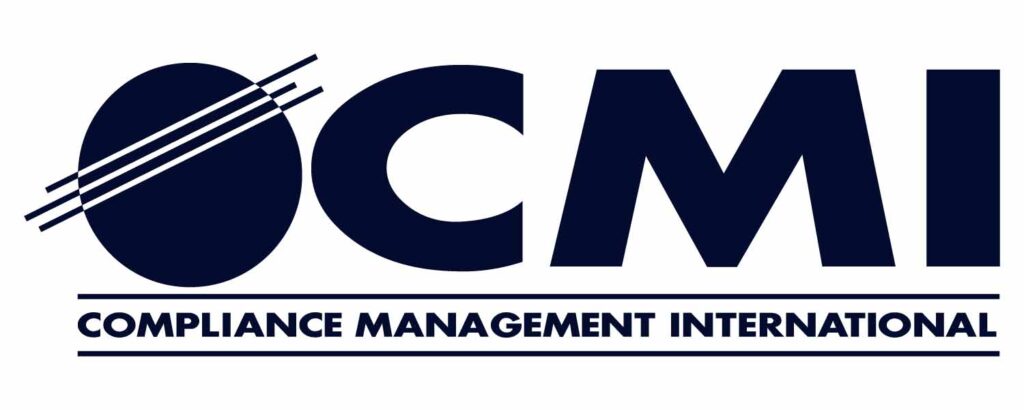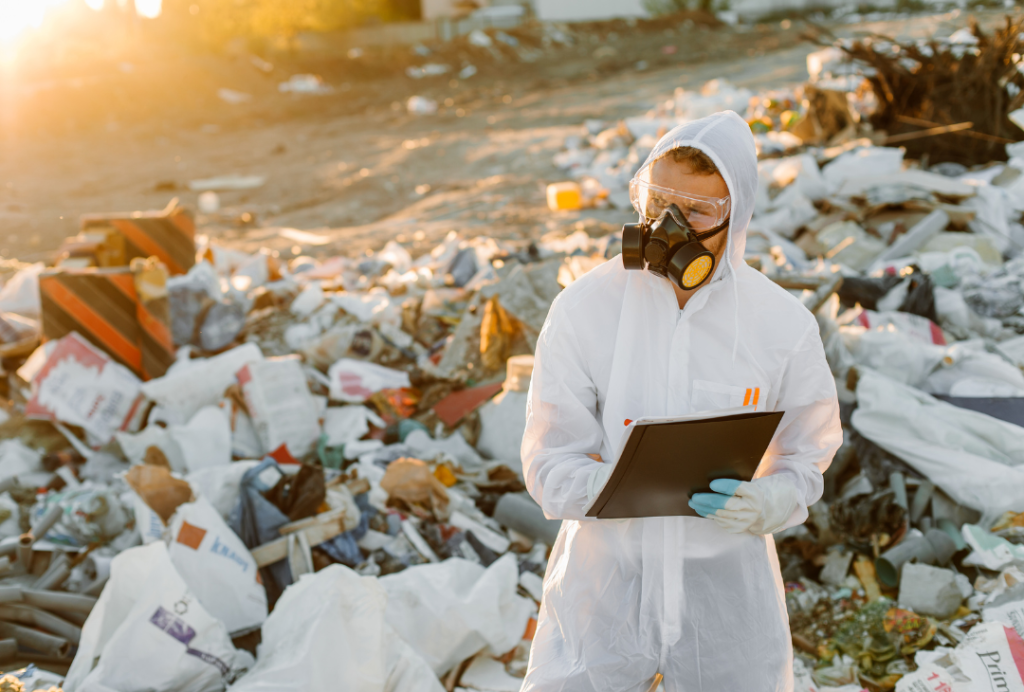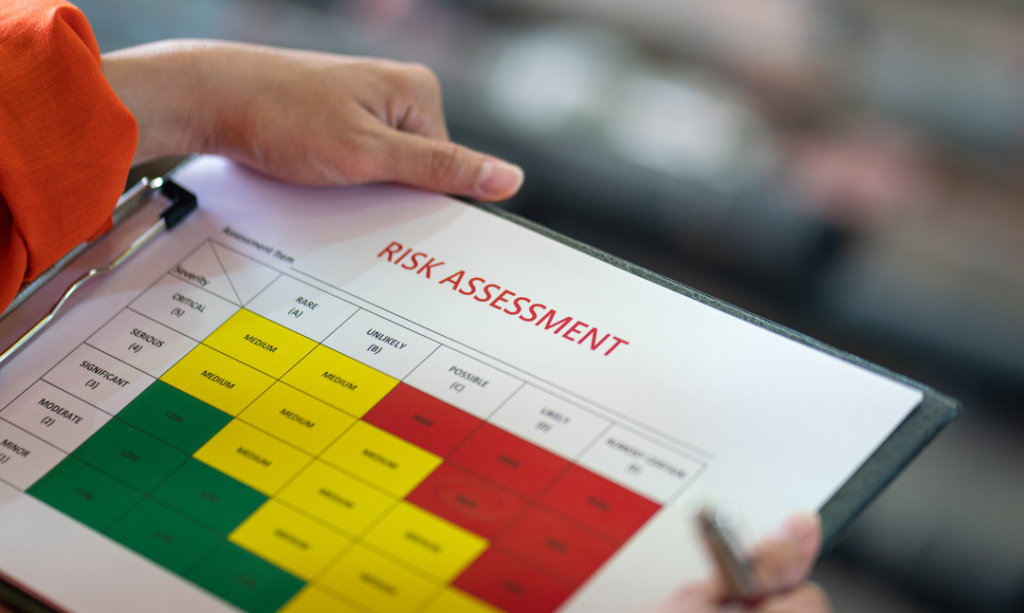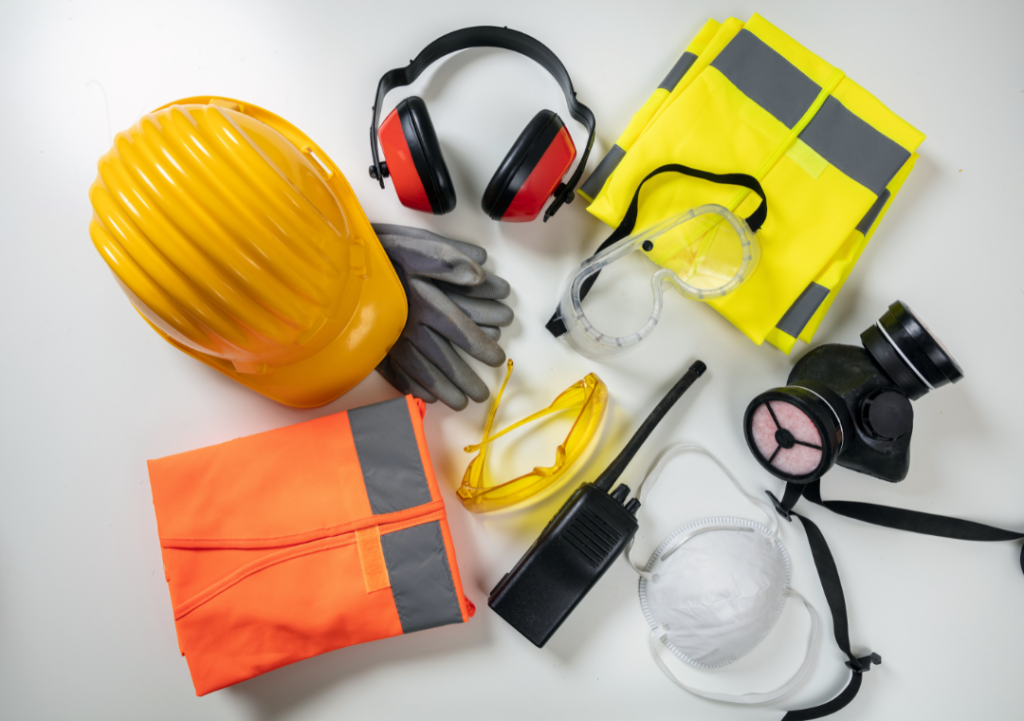Safe chemical use should be a priority. Chemicals are one of those things that will always be needed on a construction site. Whether it’s cleaning products, concrete, paint, fuel, drywall, or other products, they will always be there. Most construction sites have a hard time complying with OSHA’s rules and regulations; especially when there are multiple contractors on the site.
The first thing we have to understand is that every company must have its own written Hazard Communication Policy. No exceptions! (29 CFR 1926.59 & 1910.1200)
Secondly, every chemical must have a Safety Data Sheet. These are not pieces of paper than should be filed and never looked at. They have important information regarding the storage and handling of the specific product. As well as information about the proper PPE, firefighting methods and first aid techniques.
One of the most important aspects of chemical safety, is ensuring that all employee receive training. This must be site specific and include areview of SDSs and how employees can obtain them quickly should they be needed.
In addition to Hazard Communication, if the chemicals are flammable, you must follow OSHA’s Flammable Liquids Standard 1926.152 (b).
- The maximum flammable or combustible liquid allowed in a room outside of an approved storage cabinet is 25 gallons.
- Not more than 60 gallons of flammable or 120 gallons of combustible liquids may be stored in any one storage cabinet.
- Not more than 3 storage cabinets are permitted in a single storage area.
- Quantities in excess of the above must be stored in an inside storage room constructed to meet the specifications for the particular stored material (e.g., paint) as directed in NFPA 251-1969.
If the site has multiple contractors, it is important to note that OSHA does not say “per contractor” when talking about the amount of storage in a building, so you need to be aware of the total storage of flammables. In addition, make sure proper fire protection is available and employees have been trained in how to use it.
Some other important items –
- Always keep chemicals in their original containers for as long as you can. If you have to move them to a secondary container:
- Make the secondary container is designed for the product and is in good condition.
- Assure that the secondary container is labeled properly (1910.1200(f)(6)).
- If labels become unreadable, make sure they are replaced.
- Do not store incompatible chemicals together. The SDS will provide information on what can be stored near each other.
We have a full Industrial Hygiene division to help with all your HazCom and chemical usage needs from classification to air monitoring and training. Let us assist with all safe chemical use.
Written by: Michael Brantley



